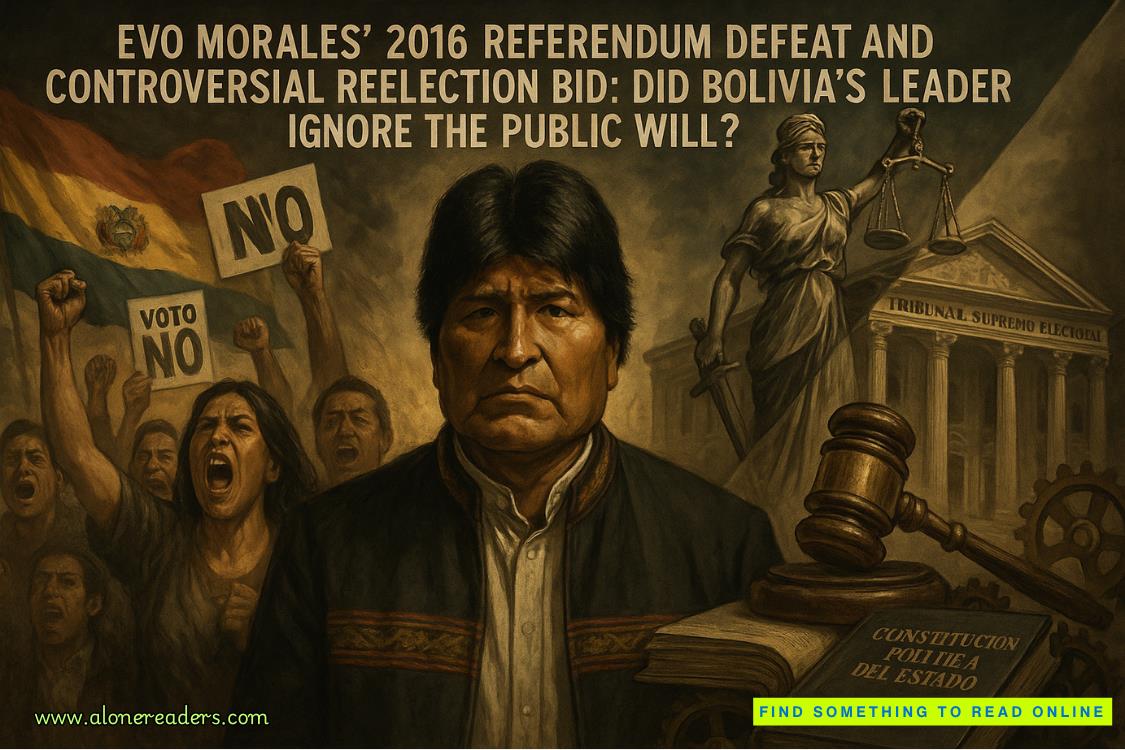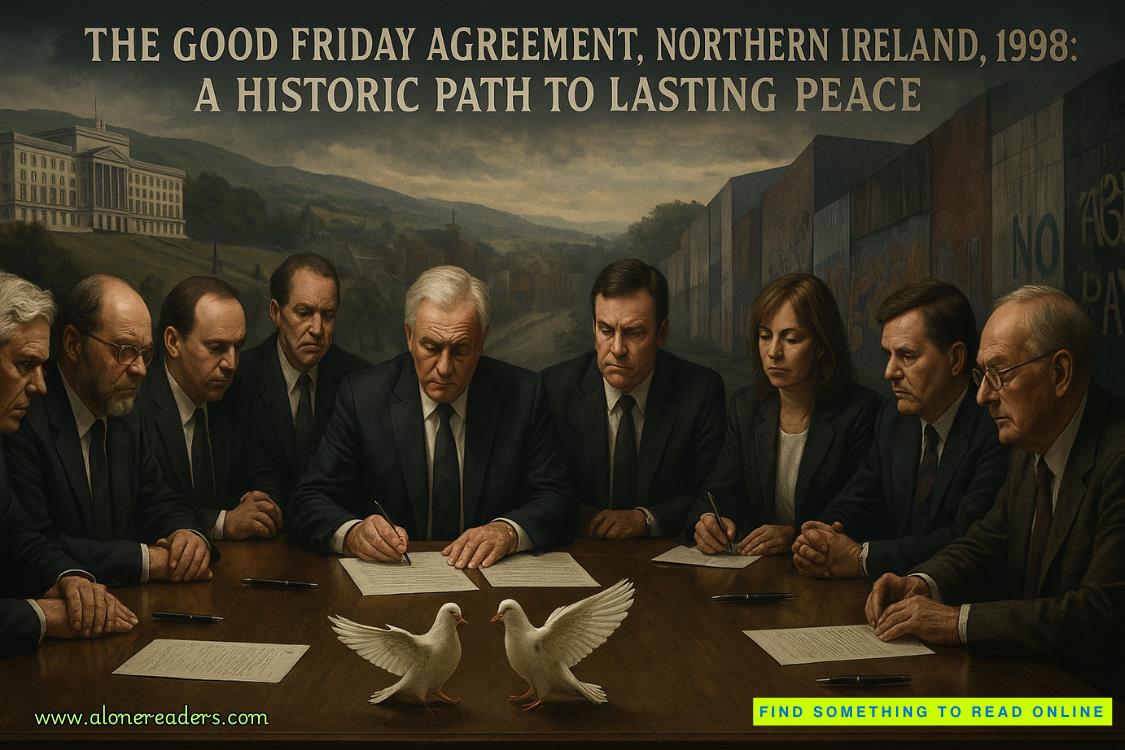Page 2 of Tall, Royal and Grumpy
“With what plan?”
He smiled. “You were always the knight as a little slip of a girl. Now let me be your knight, Touma.”
They planned the union of their clans and their future together for days, weeks even.
All for nothing.
Unfortunately, the youngest son, Zorro of Clan Russo, had plans of his own.
With both parents well and alive and without a land of his own to rule, Zorro grew jealous of the other clan’s children, and after insistently requesting to rule, he was soon granted his wish. On one condition.
He was to oversee the Russo land to the southwest of Azaad Bay, but only if he led together with his older brother, Dale. But this left Zorro furious, and he vowed to find a way to rule on his own. And over the next few years that was exactly what he began to do.
He started by diminishing Dale’s power and influence over their clan leaders and people, rallying more folk day by day in his own support. Enough that he managed to spread his power and influence all the way to clan Russo’s southeastern land too.
But it wasn’t enough.
Zorro succumbed to the age-old tale where his greed for power became an unquenchable thirst. He took one sip and wanted more. He drank a glass full and craved another. He found a river of it and searched for its source.
What if I could rule all the lands of Neves?
Once the second land was almost entirely under Zorro’s control, he started building a mighty army, preparing to declare war against the Kalb and Ghanim clans, which would for all intents and purposes end any notion of balance and peace.
He claimed himself to be the sole ruler of all the lands. “Zorro Jahan,” he would call himself—Zorro of the world—the King of Neves.
Dale saw what his younger brother was doing and fearing the clans would be thrown into an everlasting war, he sent letter after letter to warn his parents. But upon finding out about his older brother’s betrayal, Zorro had Dale imprisoned and convinced their parents to join his effort.
After much trying, Dale managed to escape and hid on a supply ship heading for Azaad Bay, where he eventually found his way to Touma Kalb and informed her of Zorro’s plans for war.
Realising the scale of the threat coming from Zorro, Touma knew immediately she had to inform Jahandar and sent an urgent telegram. She knew without a doubt he would come.
Together, the star-crossed lovers left behind the plans for their future and gathered their siblings to start preparing for a possible war with Dale’s help. But Zorro’s attack came quicker than they had anticipated, targeting the most northern land—under the rule of Shah Kalb who was ill-prepared for any impeding battle.
One month of fighting turned into four, four months into a year, and a year became five.
But hope finally came in the sixth year when fighting side by side, Touma and Jahandar were able to infiltrate Zorro’s territory, cornering him in his own camp.
When the news spread that Touma Kalb—the fierce warrior Queen who led an army of 30,000—had killed Zorro in battle, his once vicious army surrendered in the face of defeat. And quickly, the end of what had once seemed like an endless war came into sight for all people of Neves.
But with no hope of ever rebuilding the three-way clan rule that had once been integral, Touma, Jahandar, and Dale—with their other four siblings—decided a new era of rule was needed.
It wasn’t the united future Touma and Jahandar had always hoped for. It was a divide that tore them even further apart.
Splitting the lands between the seven of them, they declared each land to be an independent state ruled by their own individual monarchies so that no monarch of one state could interfere with another State’s affairs unless it threatened the peace of their lands.
21st February 1 Post The Great Rebellion of Zorro, or Post Rebellion (PR) as it was quickly shortened to. That was the date and year the peace treaty was signed, and the seven states were declared.
The states were named Jahandar, Touma, Dale, Raven, Prio, Shah, and Khaas, each after their first ruler.
And that is the tale of how the modern states of Neves were founded. But while the story of war may have come to a favourable conclusion, Jahandar and Touma’s tale did not.
They sacrificed their love for their world, and the world?
Well, maybe it was its cruel working or its mercy, but not once in the eight-hundred years that followed did a descendant of Touma and a descendant of Jahandar fall in love and complete the incomplete union.
Until now.
Chapter One















